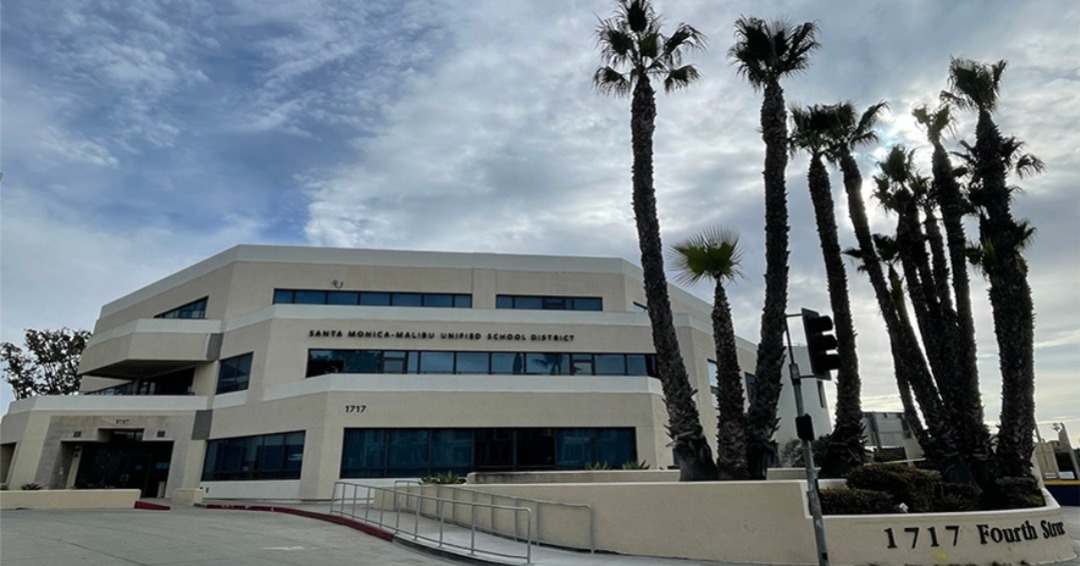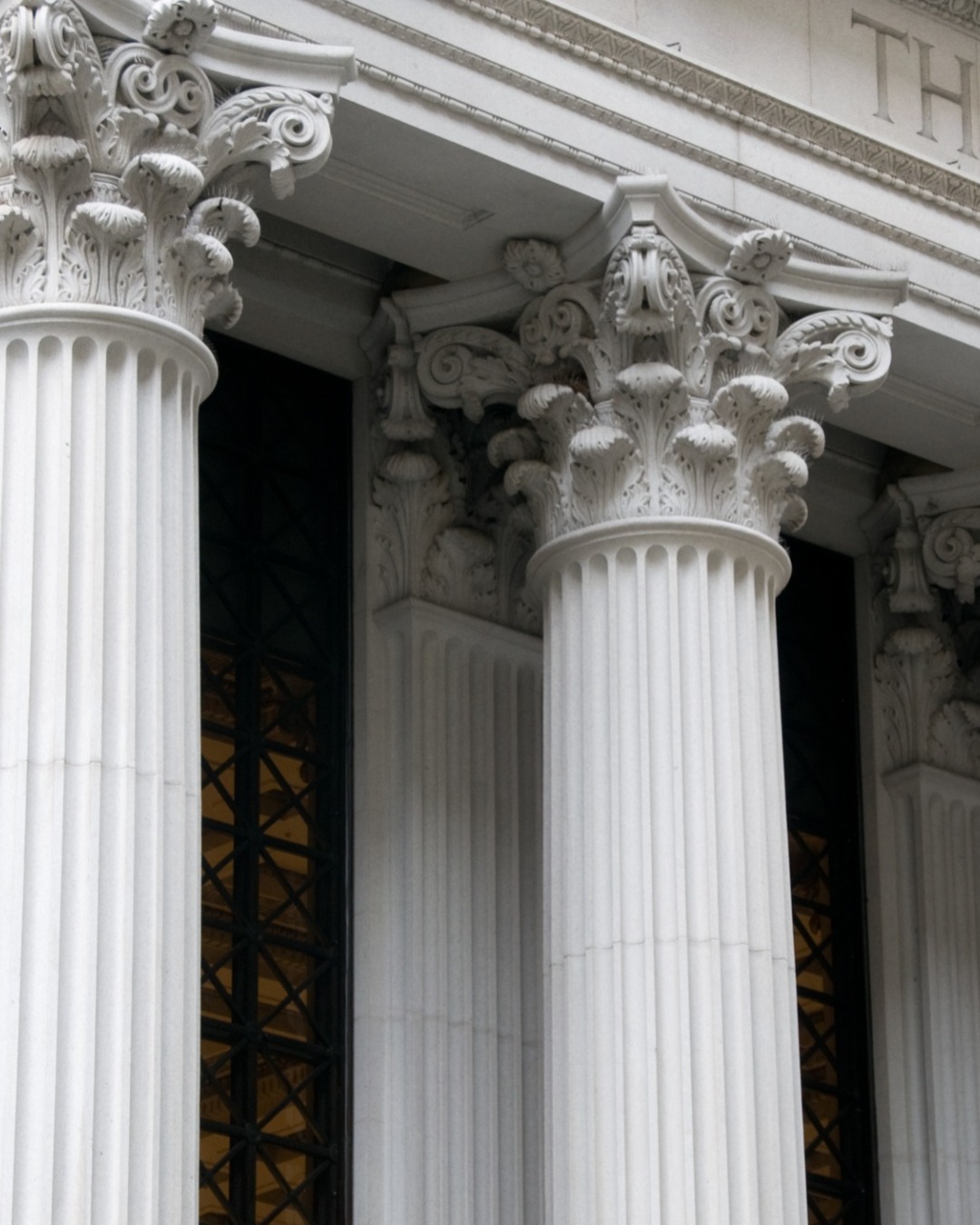
Last week’s SMart article, described two critical problems faced by our Santa Monica Malibu Unified School District (SMMUSD): the declining enrollment and the tendency to inexorably increase the bond debt burden on the City’s businesses and residents. Increasing debt, whether from construction bond debt or from unfunded pension liabilities, is a disease afflicting many cities and school districts, so much so that it is almost considered normal. But it is not normal and certainly not prudent. In SMMUSD’s case, it springs from a failure to learn the lessons of the past and a failure to anticipate the obvious problems of the future.
Easy Money
SMMUSD has always been successful in getting school bonds passed (over a billion dollar’s worth to date), because of Santa Monica’s voters’ natural predilection to support education. We are a liberal city that values education. This has, unfortunately, created an atmosphere in which the School District felt it could always go back to the citizens for another bond to pay for the mistakes of the past bond(s). For example, the SMASH/John Muir elementary school has been burdened with leaks and mold for about two decades, but only now, with that school closed for at least a year, is the District engaging in a belated multimillion-dollar repair effort. Most of the new school buildings are over budget, and another bond is then required to complete them or to complete the projects that were deferred because these initial projects ran over budget.
Demolition vs. Preservation
This atmosphere in which easy money is always available from generous citizens means that frugality is neither practiced, encouraged, nor rewarded. The High School English Building is a perfect example of this spendthrift attitude toward construction. In the ongoing discussion process of whether to demolish the English Building on the high school campus, the District wants to spend another $300,000 studying its demolition/rebuild instead of favoring its preservation as envisioned in the 2016 campus plan. That building is the last original building left on campus (besides the landmarked Barnum Hall) and has already received public support for its preservation concept. The State (which governs school construction in various capacities), in its shortsighted wisdom, recommends that if rehabbing a building costs half the cost of building new, then the district should spend the money to build new. What this State recommendation, which the School Board is NOT required to follow, fails to recognize is that preservation is almost always the preferred solution:
- The greenest building is the one you don’t tear down. Building new requires much more materials and greenhouse gases to be released, while rehabbing uses much less materials and generates less waste and greenhouse gases.
- This 2-3 story building could be made into the first high school net zero building. Unfortunately, none of the current new campus buildings are net zero (generating enough power locally to meet their own power needs).
- While using less material, rehabbing is proportionally more labor intensive; therefore, more of the budget goes to the creation of well-paying construction jobs.
- Rehabbing is faster and, therefore, less disruptive to the already construction-besieged campus.
- Preservation of existing resources, particularly buildings, is a valuable life lesson for students who already face a world of increasing scarcity.
- Older buildings are often more interesting because they embody different values and past artistic sensibilities.
- Preserving older buildings preserves the memories embedded in the classrooms and walls, which is of great value to students, staff, and alumni.
- Preserving the English building will help undo the bad reputation the District has acquired in its recent reckless demolition of the more prominent History Building.
Competition for Public Support
This English Building is just one building, but these preservation benefits apply to virtually all projects on all campuses. It’s also a canary in the coal mine as a preview of how the District will operate in the future regarding preserving existing buildings and campus open spaces. For example, a preservation-oriented district, at a minimum, would save all the original and as-built plans of all its buildings. This does not appear to be the case for the English Building whose rehabilitation, if approved, still will require very expensive forensic studies to understand its underlying structure and its seismic viability. These expensive studies could have been avoided if the original plans had been preserved.
While the failure to maintain buildings, sloppy record-keeping, overreliance on demolition instead of preservation, and a pension shortfall are sins of the past, the future of the District is not particularly promising either. None of the newly built District buildings are net zero. None of the newly built buildings are designed to function as cooling centers in the inevitable event of killer heat waves. In spite of acres of flat roofs, only about 25% of the District’s power load comes from its own photovoltaic rooftop solar collectors. Building net zero buildings to reduce our District’s power bill is one of the few ways that capital funds can be used to reduce our operating cost, thereby freeing more funds for drawing down the District’s pension overhang or for funding other worthy educational goals. The school district will soon be fractured by the loss of students and funding from its upcoming divorce from Malibu. Even if all these problems, past and future, can be resolved, the District’s long-term financial issues are still precarious since the ability to pass bonds, which the District is addicted to, will shrink as fewer and fewer school-age families, who have “skin in the game,” will be around to vote for future school bonds to improve the schools. This willingness to self-tax is also menaced by the College District, which also has the same taste for massive bond funding harvests and will be competing for the same public support.
The Future Starts Now
As these two districts compete for the same voter’s goodwill, they burden the businesses and residents with increasing bond loads and exhaust the citizens’ ability to raise funds for real and known future crises. We know already the Pier, our iconic flagship, will need massive funding to deal with imminent sea level rise, as will our entire 3-mile coastline. The Civic Center Auditorium, another historic icon, will need substantial seismic and accessibility improvements. Our water conservation infrastructure will need massive upgrades as the Sierra and Colorado basin snowfall wilts while simultaneously Sacramento crams 16 and 20-story buildings into our seaside town. And finally, we know statistically the whole LA basin is at risk for a large earthquake in the next 30 years the nominal life of these possibly new bonds. These are all known expensive future demands, not to mention other not yet visible demands on the City’s bonding capacity. All these known risks can be mitigated if the City has a credible bonding reserve “capacity” in its citizens’ and funders’ perceptions. If that bonding reserve “capacity” has already been exhausted by wasteful previous school and college bonds, our City, which already cannot keep its libraries open, will be painted into a self-inflicted financial corner with no good alternatives.
The School District has to be part of the City’s pivot to becoming a truly sustainable City. That necessary pivot will be an expensive and time-consuming journey, and we need both the goodwill, funds, and time to start that journey. But like any journey, it starts with a single step. How about the District start with the simple step of publicly committing to preserving the English Building NOW? It’s a simple step that would signal to the citizenry that the School District has changed its spendthrift ways and understands its responsibility to the future.
By Mario Fonda-Bonardi AIA
S.M.a.r.t Santa Monica Architects for a Responsible Tomorrow
Thane Roberts, Architect, Mario Fonda-Bonardi AIA, Robert H. Taylor AIA, Architect, Dan Jansenson, Architect & Building and Fire-Life Safety Commission, Samuel Tolkin Architect & Planning Commissioner, Michael Jolly, AIR-CRE Marie Standing. Jack Hillbrand AIA
For previous articles, see www.santamonicaarch.wordpress.com/writing













